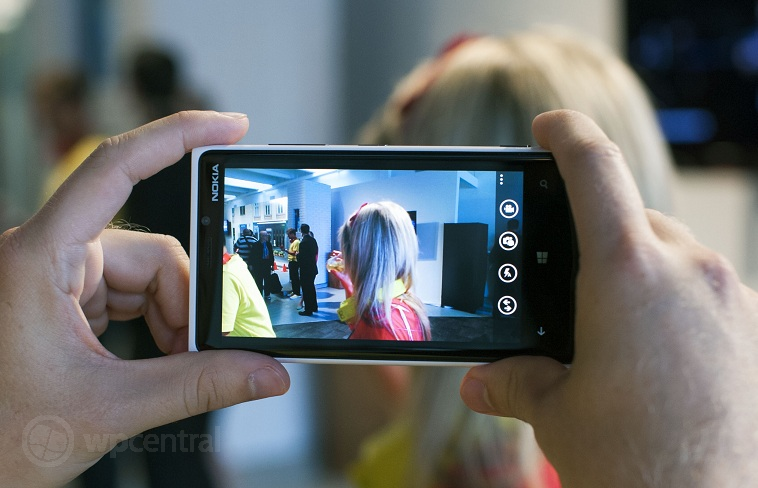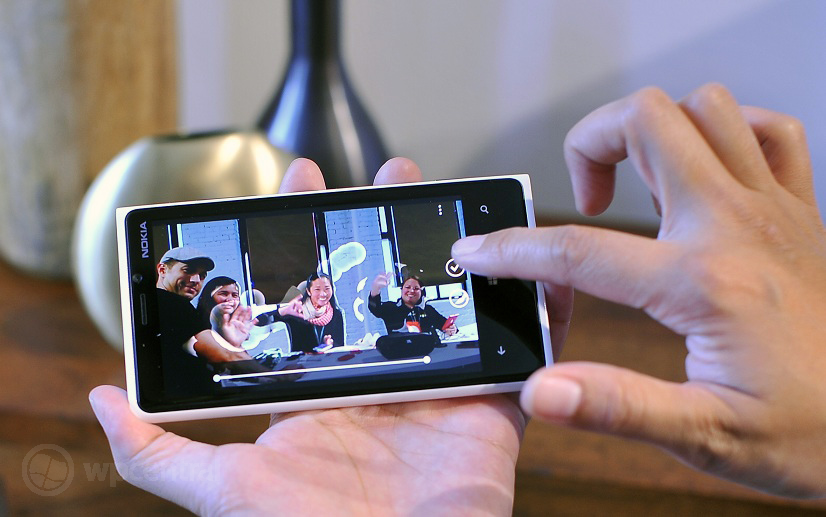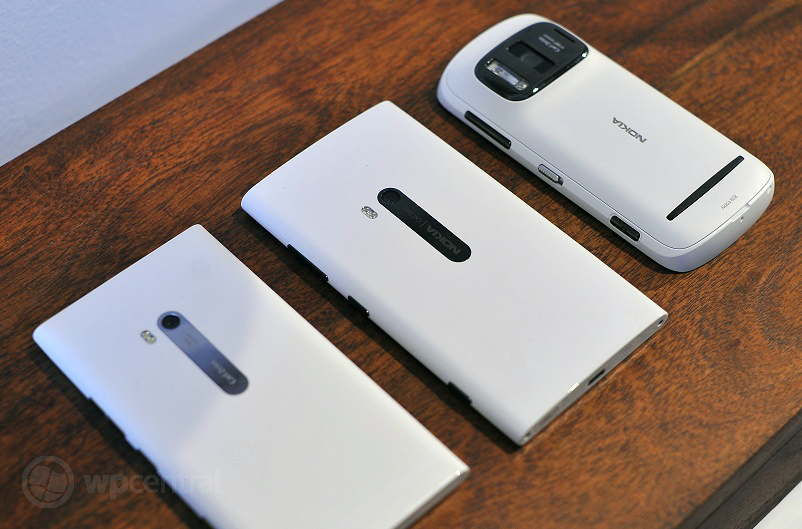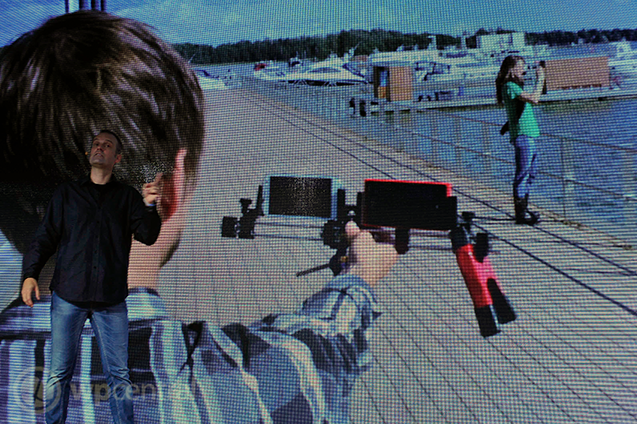Thoughts and impressions of the Nokia Lumia 920’s PureView camera

The Nokia Lumia 920
Of all of the announcements today by Nokia, the 920’s PureView camera is probably one of the more impressive. We told you what we thought it meant and we weren't too far off. Today we had a chance to not only play around with it but in talking with Ilari Nurmi, VP of Product Marketing for Nokia, we were able to learn a bit more behind the technology as well.
First, let’s talk about the specifications and what they mean to you, the consumer…

As many of you know, a few of us here at Windows Phone Central are camera enthusiasts. That’s why we’re very excited about the 920: it really is a game changer. Here are the camera specs:
- F/2.0 aperture
- BSI sensor
- 1/3 inch sensor size
- 8.7MP
- Floating lens
Let’s break that down for everyone: the F/2.0 aperture is the lowest found any smartphone. Think of aperture as how “open” a lens can get—the more open, the more light comes in. That’s crucial as light is what camera’s crave and is the key to getting a good image. You want to buy an expensive lens for your DSLR? Search for one with an F/1.4 aperture—basically the lower the number, the better. Reaching F/2.0 on a camera-phone is a pretty big deal, make no mistake about it. It will also greatly help to make your photos better as the shutter speed can go faster.
We’ve discussed back-side illuminated sensors (BSI) before—it’s what is found on the iPhone, Titan II and many Samsung phones. It puts the wires behind the sensor, allowing more light to be received and once again, making brighter photos. We’ve wanted Nokia to do this for a very long time and now they have.

The Lumia 900, Lumia 920 and 808 PureView
Get the Windows Central Newsletter
All the latest news, reviews, and guides for Windows and Xbox diehards.
Sensor size is also crucial. Here, the bigger the better and the fact is, most smartphones have tiny sensors. Why do some “pro” DSLRs cost so much? It’s because they have a giant sensor (it’s also why they’re so big). The Lumia 920 sports a 1/3 inch sensor that beats many phones who roll with a smaller one. That brings us to megapixels…
Photographers hate megapixel discussions because it’s all consumers focus on, instead of all of the above. It’s often the least important aspect as those pixels won’t improve your photo much. It’s good for cropping, yes, but other than that?

Nokia informed us they could have added more than the 8.7MP to that 1/1.4” sensor, as some of their competitors have on their devices. But as we mentioned last night, jamming more megapixels on a sensor can have negative consequences, like reduce image quality. The more pixels on a sensor, the more light you need to illuminate them all. In turn, cameras with high megapixel count tend to have worse low-light performance. That’s right folks, putting 16MP or 32MP into a camera can be a bad thing, especially if it’s on a small sensor.
No, Nokia took the good route here—the one that photographers would have preferred: larger, BSI sensor with less megapixels so there is less noise in low light conditions.
Throw in their whole “Floating lens”, which is a mechanical form of image stabilization (aka better than software based) and we’re talking a whole new category of a camera phone. We’ve seen some of the images and so far, we really like what we see.
What about the Lumia 820? While it lacks the PureView technology, it does have a better sensor and Nokia’s coveted photo algorithms for image sharpness and reduced noise. From what they told us, the 820’s camera is a good if not better than any top camera phone on the market today, while the 920 simply hurdles over everything.
So while we still need to see the finished product, to photo-enthusiasts everywhere, Nokia spoke our language today. They got it right, they focused on the right camera aspects and we like what we see.
Finally, while we saw a few of those Nokia Lenses, that was just a taste of the Scalado acquisition. Expect more in the future.

Daniel Rubino is the Editor-in-chief of Windows Central. He is also the head reviewer, podcast co-host, and analyst. He has been covering Microsoft since 2007 when this site was called WMExperts (and later Windows Phone Central). His interests include Windows, laptops, next-gen computing, and wearable tech. He has reviewed laptops for over 10 years and is particularly fond of 2-in-1 convertibles, Arm64 processors, new form factors, and thin-and-light PCs. Before all this tech stuff, he worked on a Ph.D. in linguistics, performed polysomnographs in NYC, and was a motion-picture operator for 17 years.
